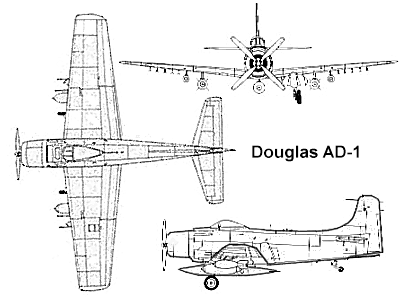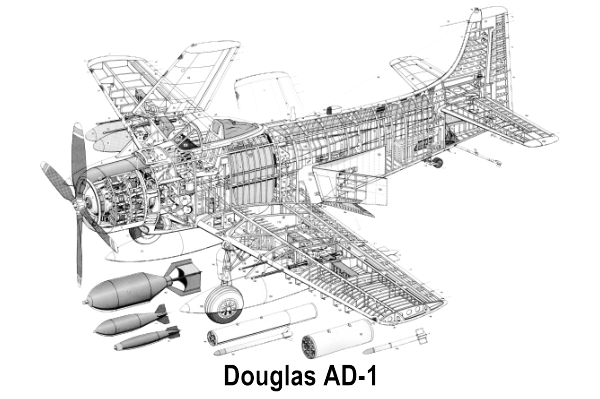The Douglas AD-1 'Skyraider' was an American single-seat attack aircraft that saw service between the late 1940s and early 1980s. It was originally nicknamed 'Spad', after the French World War I fighter. The Skyraider had a remarkably long and successful career, serving the US Military as well as the British Royal Navy, French Air Force and the Air Force of the Republic of Vietnam. Manufactured by Douglas Aircraft, the first prototype for the Skyraider took to the skies in 1945. It would be the mid-50's though, during the Korean conflict, before the Skyraider saw front-line service with the US Navy and Marines.
Development
The Douglas 'Skyraider' was a design submitted to the U.S. Navy as a replacement for the famous SBD dive-bomber. The Skyraider was designed during World War II to meet United States Navy requirements for a carrier-based, single-seat, long-range, high performance dive/torpedo bomber, to follow-on from earlier types such as the Curtiss SB2C Helldiver and Grumman TBF Avenger. Designed by Ed Heinemann of the Douglas Aircraft Company, prototypes were ordered on 6 July 1944 as the XBT2D-1. The new aircraft made its maiden flight on March 18, 1945, two weeks ahead of schedule. It was the most powerful carrier-based aircraft ever built. Its single engine with its three fuselage stations and six racks on each wing could carry varied assortments of ordnance including rockets, mines, torpedoes, bombs, and napalms. In fact, it could carry more ordnance weight that that of the famous Boeing B-17 Flying Fortress. The Navy gave Douglas a letter of intent of 543 aircraft, but the order was reduced to 277 after VJ (Victory in Japan) Day. In 1946, the aircraft was designated as 'AD-1'. The first AD-1 Skyraider was delivered in 1946 and named according to the Douglas tradition of starting the names of Navy aircraft with 'sky'. When the Navy, Marine Corps and Air Force numbering systems merged in 1951, the "AD" series Skyraiders were redesignated as "A" series aircraft.
Back to Top
In Action
Korea
The Skyraider became the backbone of United States Navy aircraft carrier and United States Marine Corps (USMC) strike aircraft sorties in the Korean War (1950-1953), with the first ADs going into action from the USS Valley Forge with VA-55 on 3 July 1950. On 2 May 1951, Skyraiders made the only aerial torpedo attack of the war, hitting the Hwacheon Dam, then controlled by North Korea. This precluded the enemy from flooding two valleys and holding back the American advance. On 16 June 1953, a USMC AD-4 from VMC-1 piloted by Major George H. Linnemeier and CWO Vernon S. Kramer shot down a Soviet-built Polikarpov Po-2 biplane, the only documented Skyraider air victory of the war. AD-3N and -4N variants aircraft carrying bombs and flares flew night-attack sorties, and radar-equipped ADs carried out radar-jamming missions from carriers and land bases. During the Korean War, A-1 Skyraiders were flown only by the U.S. Navy and U.S. Marine Corps, and were normally painted in dark navy blue. It was called the 'Blue Plane' by enemy troops. A total of 128 Navy and Marine AD Skyraiders were lost in the Korean War - 101 in combat and 27 to operational causes.
Vietnam
In 1964, it was modified for service in the Vietnam War, redesignated A-1E/A-1H, and used by the U.S. Navy and the U.S. and South Vietnamese air forces. Because of its ability to carry large bomb loads, absorb heavy ground fire and fly for long periods at low altitude, the Skyraider was particularly suited for close-support missions. From carriers in the South China Sea, the Skyraiders carried out bombing strikes and close air support operations. It was used in operations against the Viet Cong strongholds in South Vietnam, Cambodia, and Laos. With it's long loiter time, low and slow delivery system, and ability to get home despite being in less than one piece carved out yet another niche for itself. Indeed, the Skyraider proved itself to be so good that the USAF added some to their helicopter Search and Rescue missions. It picked up its famous call-sign "Sandy" as an integral element in the recovery of downed aircrew, escorting rescue helicopters in and out of hotspots. During the war, U.S. Navy Skyraiders shot down two North Vietnamese Air Force (NVAF) Mikoyan-Gurevich MiG-17 jet fighters. After November 1972, all A-1s in U.S. service in Southeast Asia were transferred to the South Vietnamese Air Force (VNAF). The USAF lost 201 Skyraiders to all causes in Southeast Asia, while the Navy lost 65 to all causes. Of the 266 lost A-1s, five were shot down by surface-to-air missiles (SAMs), and three were shot down in air-to-air combat; two by North Vietnamese MiG-17s. The Navy used the Skyraider up until April 1968, completing over 100,000 missions over Vietnam. In contrast to the Korean War, fought a decade earlier, the U.S. Air Force used the naval A-1 Skyraider for the first time in Vietnam. As the Vietnam War progressed, USAF A-1s were painted in 3 tone camouflage, while USN A-1 Skyraiders were gray/white in color.
Back to Top
Post Vietnam
Over the course of the war, the VNAF acquired a total of 308 Skyraiders, and was operating six A-1 squadrons by the end of 1965 but by the beginning of 1968, only three of its squadrons were flying A-1s. As the U.S. ended its direct involvement in the war, it transferred the remainder of its Skyraiders to the South Vietnamese, and by 1973, all remaining Skyraiders in U.S. inventories had been turned over to the VNAF.
Skyraider production ended in 1957 with a total of 3,180 built. In 1962, the existing Skyraiders were redesignated A-1D through A-1J and later used by both the USAF and the Navy in the Vietnam War.
Back to Top
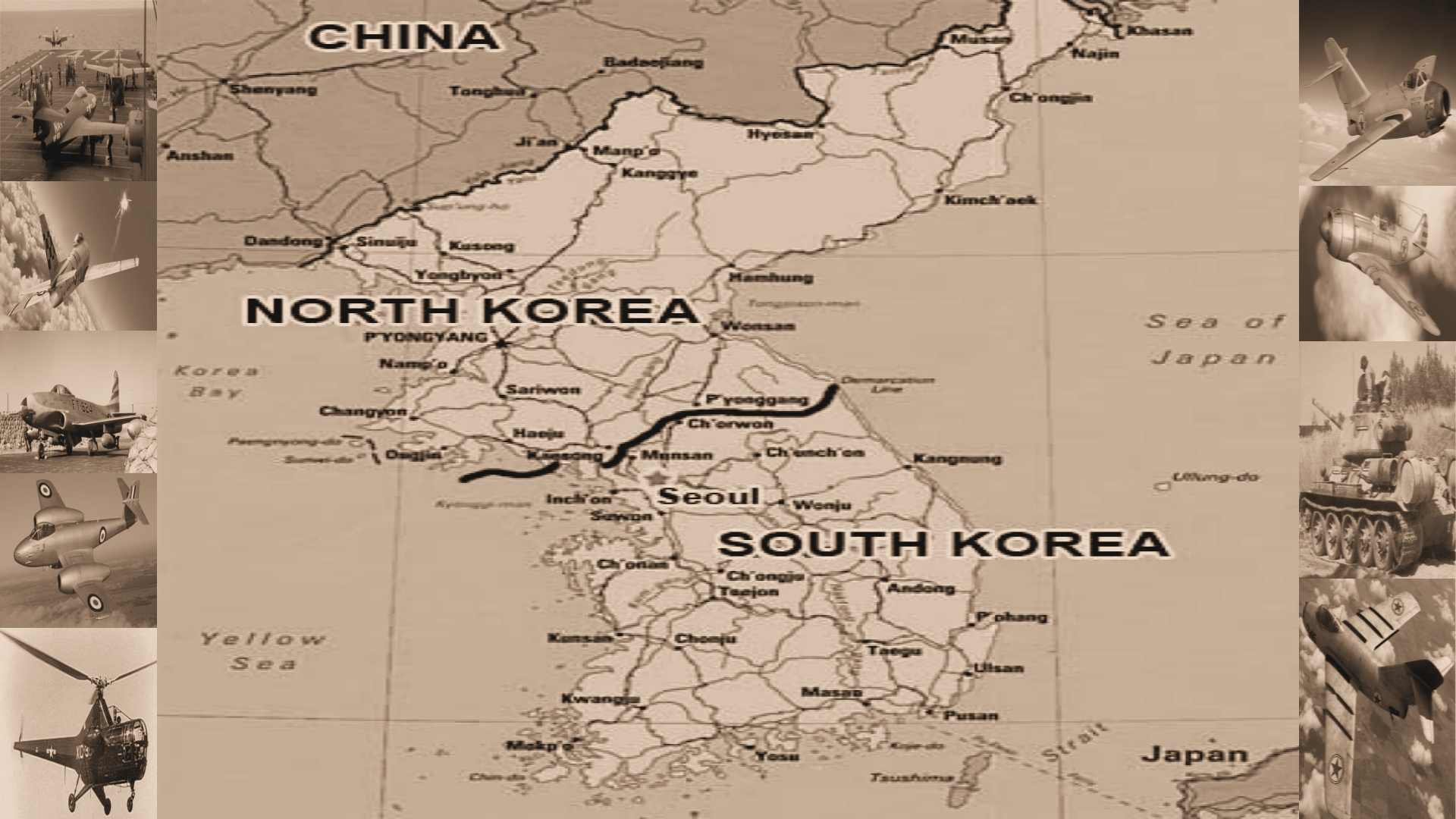



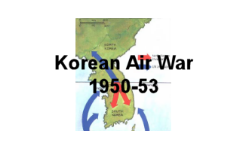 Korean War
Korean War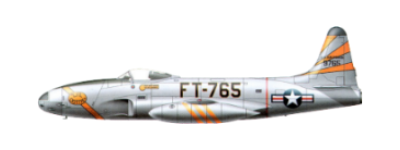 P-80 Shooting Star
P-80 Shooting Star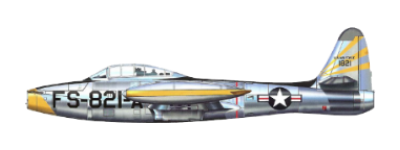 F-84 Thunderjet
F-84 Thunderjet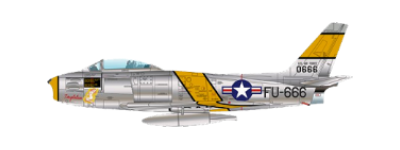 F-86 Sabre
F-86 Sabre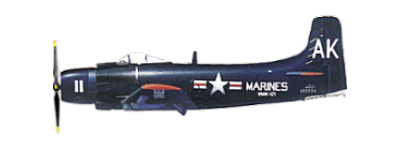 AD1 Skyraider
AD1 Skyraider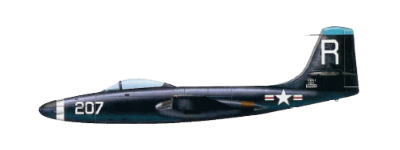 F2H Banshee
F2H Banshee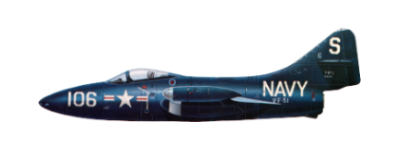 F9F Panther
F9F Panther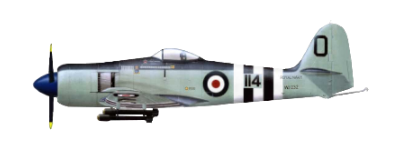 Seafury
Seafury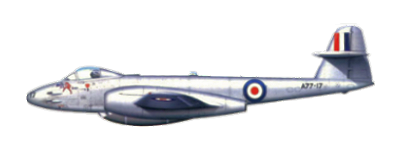 Meteor
Meteor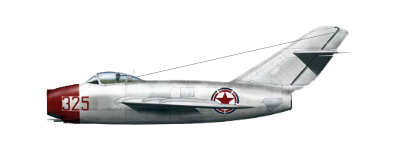 Mig-15
Mig-15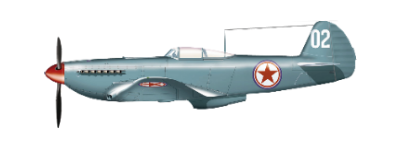 Yak-9
Yak-9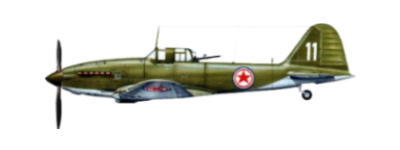 IL-10 Shturmovik
IL-10 Shturmovik


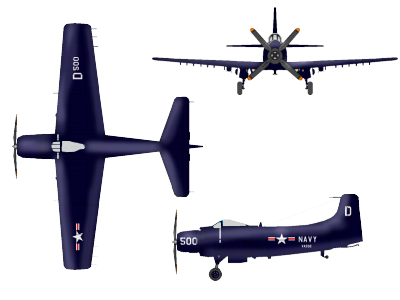
 Douglas AD-1 'Skyraider'
Douglas AD-1 'Skyraider'